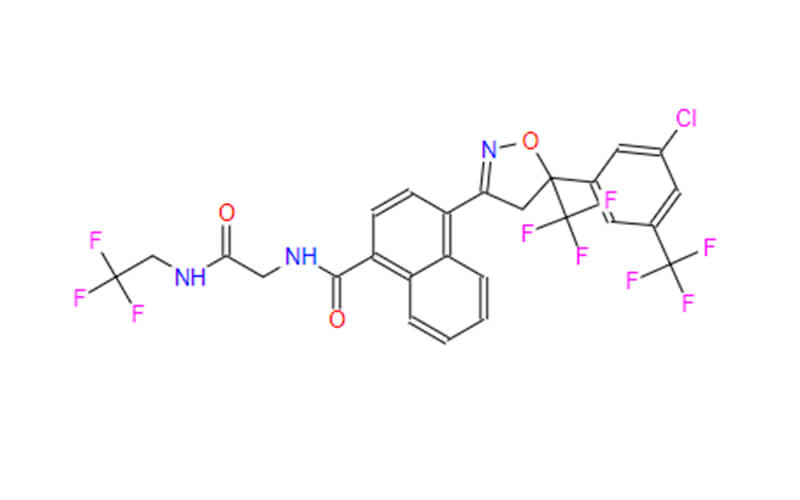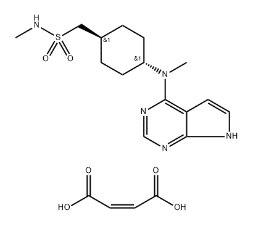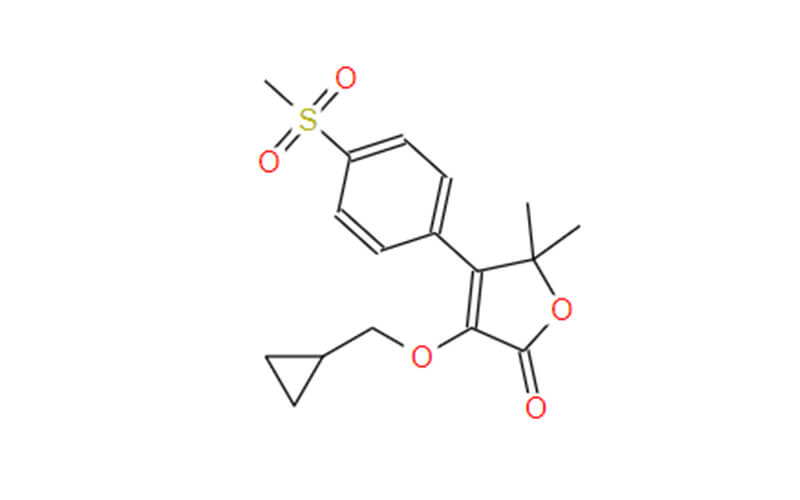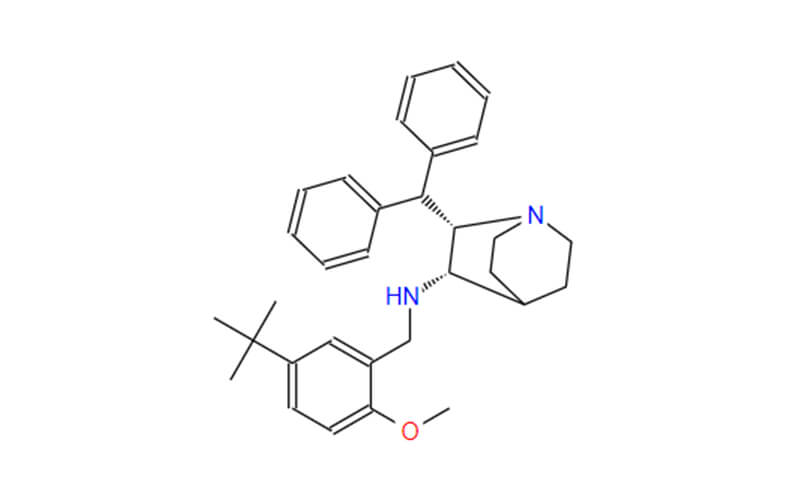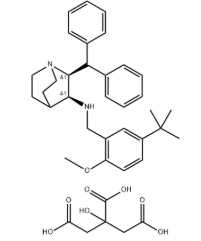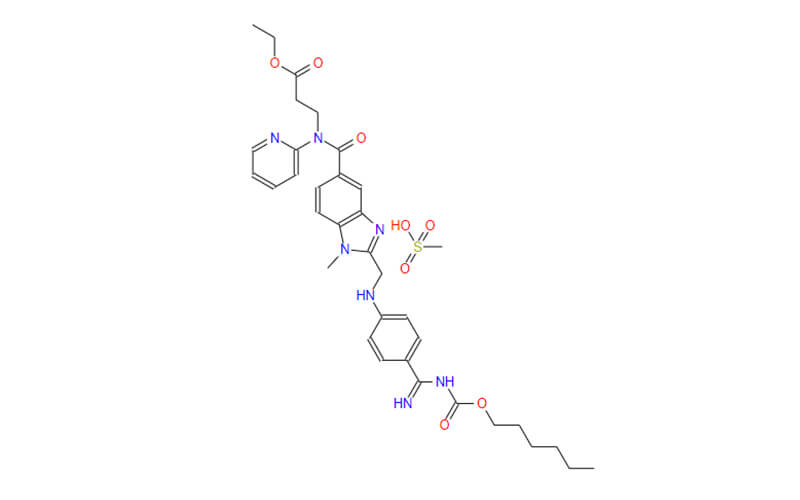A Comprehensive Guide to Flea and Tick Control with Afoxolaner
Fleas and ticks are persistent parasites that can inflict harm on our treasured pets, resulting in discomfort and the potential transmission of diseases. Fortunately, advancements in veterinary medicine have given rise to the creation of potent remedies and preventatives, with Afoxolaner standing out as a leading contender in the arena of flea and tick management.
Within this extensive guide, we will venture into the realm of Afoxolaner, unraveling its mode of action, addressing safety aspects, evaluating its effectiveness, and providing pet owners with the information required to safeguard their beloved furry companions.
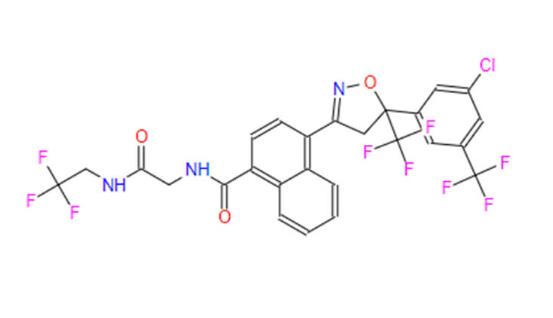
The Need to Do Fleas and Ticks Control
Before we explore Afoxolaner, it’s vital to grasp the significance of flea and tick control in preserving the well-being of our pets. Fleas and ticks aren’t just bothersome nuisances; they present substantial health hazards to both animals and humans. Here are several compelling reasons to make flea and tick control a top priority:
- Disease Transmission:
Fleas and ticks can transmit a variety of diseases to our pets. In dogs, these include Lyme disease, Rocky Mountain spotted fever, and ehrlichiosis. Cats can contract diseases such as Bartonellosis from flea bites. These infections can lead to severe health complications if left untreated.
- Allergic Reactions:
Many pets are allergic to flea saliva, and even a single flea bite can trigger a severe allergic reaction, resulting in intense itching, hair loss, and skin infections. This condition is known as flea allergy dermatitis (FAD).
- Skin Problems:
Fleas and ticks can cause skin irritations, inflammation, and infections. Constant scratching and biting can lead to open sores and secondary infections.
- Anemia:
In severe infestations, fleas can cause anemia in pets, particularly in puppies and kittens. Anemia can be life-threatening if not promptly addressed.
- Zoonotic Potential:
Some diseases carried by fleas and ticks can also affect humans, making it essential to protect our pets from infestations.
Now that we’ve established the importance of flea and tick control, let’s explore Afoxolaner, a potent weapon in this ongoing battle.

The Role of Afoxolaner in Flea and Tick Control
Afoxolaner stands as a potent active component present in several veterinary products meticulously crafted to manage and thwart flea and tick infestations in dogs and cats. Let’s delve deeper into the mechanism through which Afoxolaner operates.
Targeting the Nervous System
- GABA-gated Chloride Channels: At the core of afoxolaner’s action lies its ability to target specific proteins in the nervous system of these parasites. These proteins are part of chloride channels, which are essential for regulating nerve impulses.
- Disrupting Nerve Impulses: GABA, a neurotransmitter, normally binds to these chloride channels, helping to calm down overactive nerve cells. Afoxolaner effectively blocks these channels, preventing GABA from performing its inhibitory role.
- Neurological Chaos: With GABA’s calming influence hindered, the nervous system of the flea or tick goes into overdrive. This excessive nerve activity, or hyper-excitation, is akin to a constant state of panic.
Paralysis and Death
- Overwhelming the System: The relentless barrage of nerve impulses caused by afoxolaner overwhelms the parasite’s nervous system. This leads to a state of paralysis, rendering the flea or tick immobile.
- Fatal Outcome: The inability to function normally, coupled with the intense neurological chaos, ultimately results in the death of the parasite.
In essence, afoxolaner acts as a neurological disruptor, causing chaos within the flea or tick’s nervous system, leading to a swift and fatal outcome.
Forms of Afoxolaner Products
Afoxolaner is an active ingredient used in veterinary medicine to control fleas and ticks on dogs. It is commonly marketed in the form of flavored chewable tablets for ease of administration. Here are the main forms of afoxolaner products available:
NexGard:
- Form: Chewable tablets.
- Use: Controls fleas and ticks.
- Dosage: Monthly administration based on the weight of the dog.
- Target Species: Dogs.
NexGard Spectra:
- Form: Chewable tablets.
- Use: Combines afoxolaner with milbemycin oxime to provide a broader spectrum of parasite control, including heartworms, intestinal worms, fleas, and ticks.
- Dosage: Monthly administration based on the weight of the dog.
- Target Species: Dogs.
These products are favored for their convenience and effectiveness, providing protection against multiple parasites with a single, palatable chew.

Safety Considerations for Afoxolaner
While afoxolaner is generally well-tolerated by dogs, it’s essential to be aware of potential side effects and precautions.
Potential Side Effects
Neurological Reactions: As mentioned earlier, afoxolaner can sometimes cause neurological side effects, including tremors, ataxia (loss of coordination), and in rare cases, seizures. These reactions are more likely in dogs with a history of neurological disorders.
Gastrointestinal Upsets: Some dogs may experience mild gastrointestinal disturbances such as vomiting or decreased appetite.
Precautions
Dogs with Seizure History: If your dog has a history of seizures, it’s crucial to consult with your veterinarian before using afoxolaner. They can assess the risks and benefits and provide appropriate guidance.
Pregnancy and Lactation: The safety of afoxolaner in breeding, pregnant, or lactating dogs has not been established. It’s best to avoid using it in these cases unless specifically recommended by your veterinarian.
Other Medications: Inform your veterinarian about any other medications your dog is taking, as interactions with afoxolaner are possible.

Conclusion
Fleas and ticks are formidable adversaries for our pets, but with the advent of effective solutions like Afoxolaner, we can protect our furry companions from these troublesome parasites.
In the ongoing quest to keep our pets healthy and comfortable, Afoxolaner has emerged as a powerful ally, allowing us to enjoy the companionship of our furry friends without the constant worry of flea and tick infestations.
Qingmu is a China Afoxolaner supplier with a primary strategic focus on the regulated market, the company specializes in R&D and manufacturing of generic APIs and advanced intermediates, Hit API products such as Apalutamide and Bisoprolol have been commercialized in regulated markets and China.
If you have any interests, please feel free to contact us.

